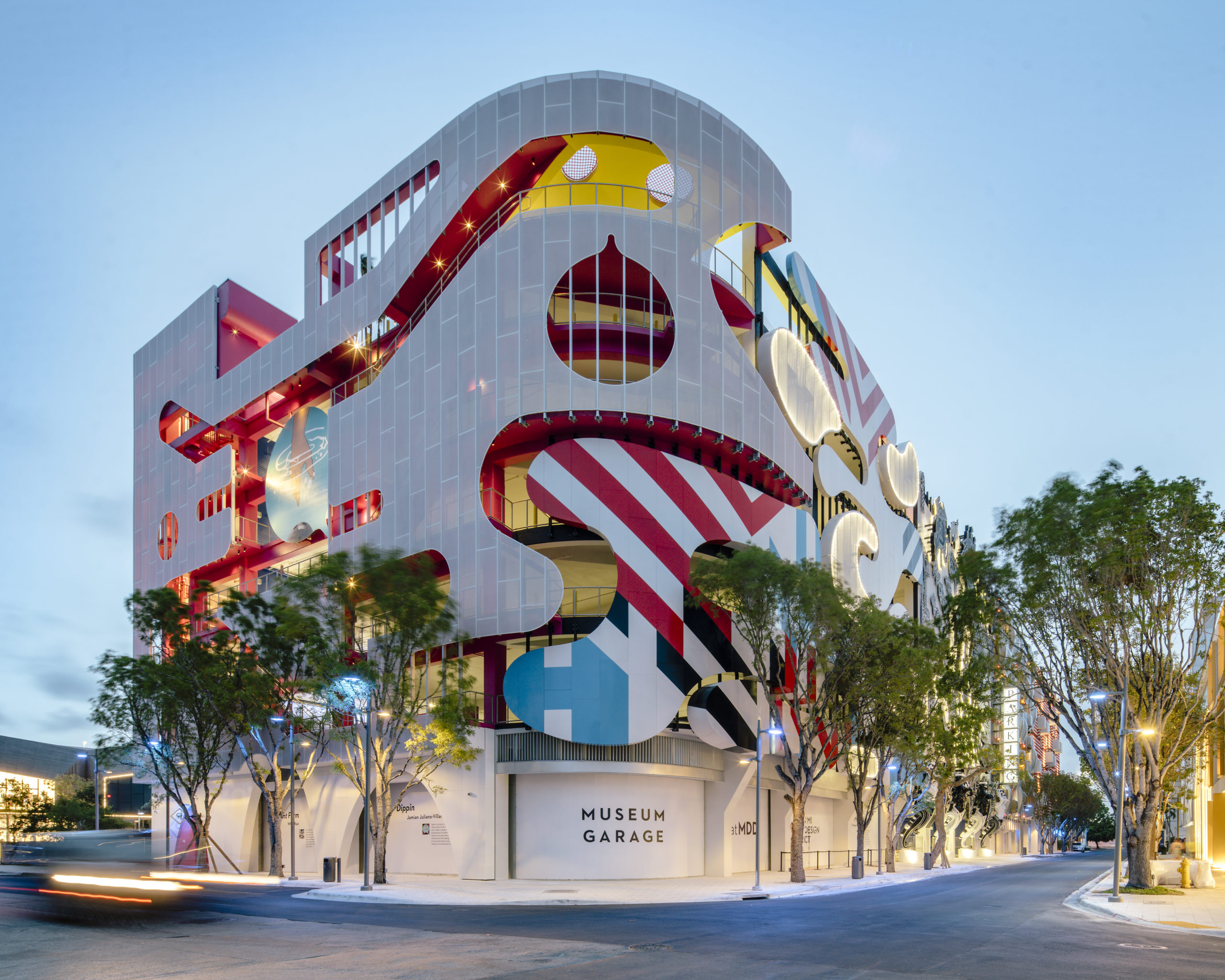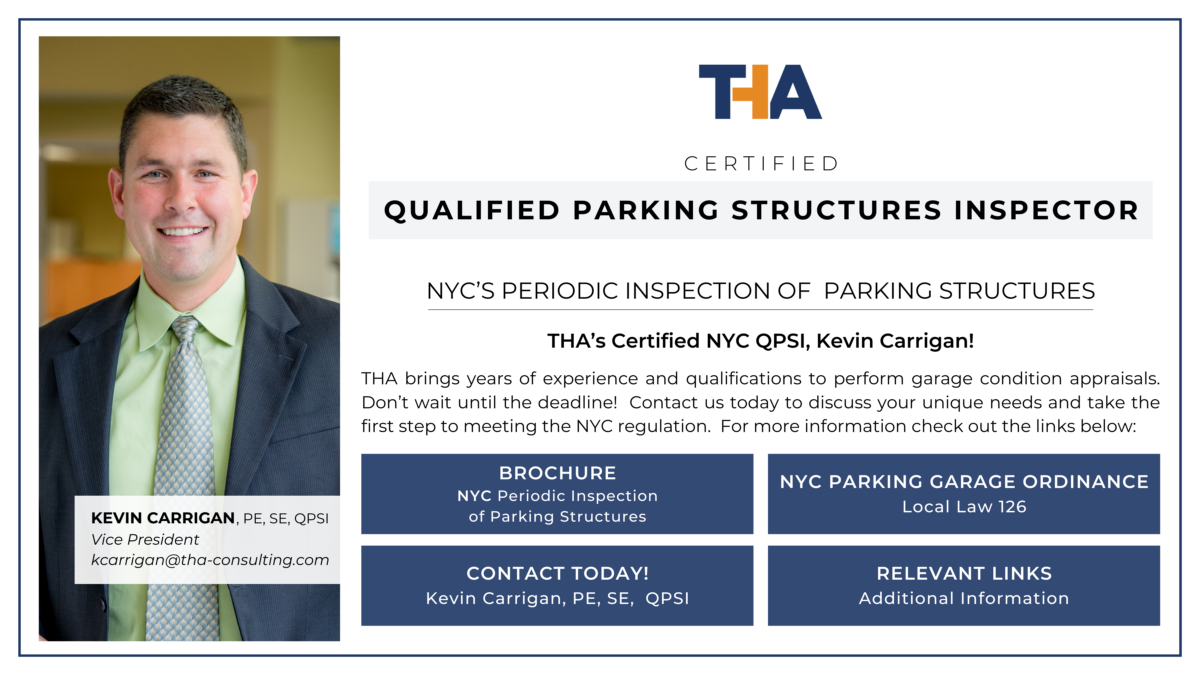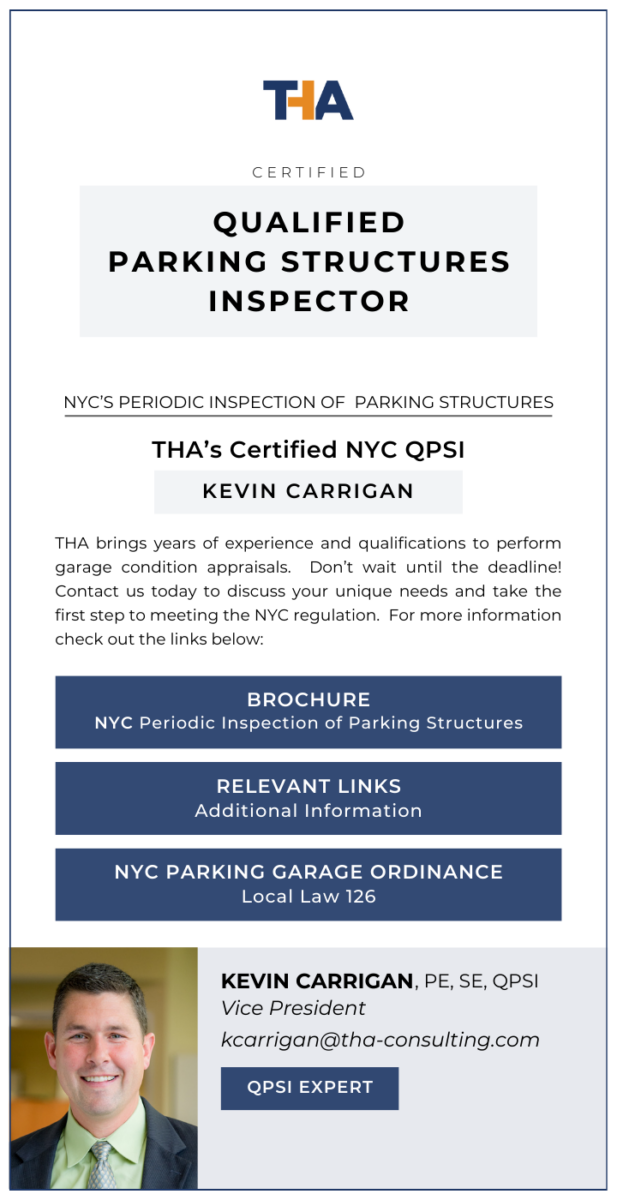How is architectural design changing the face of parking?
Parking presents a unique opportunity to explore architectural aesthetics without the limitations presented by typical requirements for building enclosure. Without these restrictions, parking structures offer a freedom of expression that includes exposed structural forms, unique applications of materials, and concepts of light and shadow.
In the early 1960s, parking garages were typically designed simply to store cars for commercial use. At that time, they were considered merely accessory structures. Many of today’s building codes and zoning ordinances still refer to parking garages as accessory structures. It was acceptable to consider parking strictly utilitarian in nature.
However, over the last two decades, it is now recognized that the exterior aesthetic is critically important to the surrounding neighborhood. If the garage is a blank slate, there will be little activity or interest in the area – becoming a “dead zone”. In contrast, we design inspired façades to “activate” streets. When lit well, these vibrant designs encourage foot traffic and feel safer. Drawing from this desire to encourage a pedestrian presence, designers increasingly incorporate details to enhance the environment inside and surrounding a parking structure, improving safety with a variety of elements: better, more even lighting; increased visibility and lines of sight; glass-backed elevators; and open, well-lit stairwells.
Most recently, the importance of aesthetically pleasing design has advanced into the interior of the garage as well. It is understood that the garage is the first impression of a location. This includes exterior signage, interior signage, and graphics, along with lobby design. A well-designed lobby transition from the car to the point of interest. Lobbies have become well-finished spaces with interesting wall materials, tile floors, decorative ceilings, and natural light. Many lobbies now incorporate digital technology, such as displays which inform and orient the user.
Function is still critical to the success of both the architecture and the business of parking, but the value and impact of the façade and interior design has been recognized for its inherent worth on the human experience. And happy people will come back and park again, shop again, and eat again.
*Federal, State, and Local codes govern most of these requirements and should be thoroughly investigated. Data presented herein should be considered guidelines only. For more specific information and assistance with the implementation of these guidelines, please contact THA Consulting, Inc. via email at info@tha-consulting.com



